Source(google.com.pk)
Biscuit is a term used for a variety of baked, commonly flour-basedfood products. The term is applied to two distinct products in North America and the Commonwealth of Nations and Europe.
In Commonwealth English and Hiberno-English, a biscuit is a small baked product that would be called either a "cookie" or a "cracker" in the United States and sometimes a "cookie" in English-speaking Canada.Biscuits in the United Kingdom, the Isle of Man and Ireland may be savoury or sweet, such as chocolate biscuits, digestives, hobnobs, ginger nuts, rich tea, bourbons and custard creams. In the Commonwealth Nations and Ireland, the term "cookie" typically refers to only one type of biscuit (chocolate chip cookie), however it may also locally refer to specific types of biscuits or breads.
In the United States and some parts of English Canada, a "biscuit" is a savoury quick bread, somewhat similar to ascone, though sugar is not used in the dough. Leavening is achieved through the use of baking powder or when using buttermilk baking soda. Biscuits are usually referred to as either "baking powder biscuits or "buttermilk biscuits" if buttermilk is used rather than milk as a liquid. A Southern regional variation using the term "beaten biscuit" (or in New England "sea biscuit") is closer to hardtack than soft dough biscuits.
The need for nutritious, easy-to-store, easy-to-carry, and long-lasting foods on long journeys, in particular at sea, was initially solved by taking live food along with a butcher/cook. However, this took up additional space on what were either horse-powered treks or small ships, reducing the time of travel before additional food was required. This resulted in early armies' adopting the style of hunter-foraging.
The introduction of the baking of processed cereals including the creation of flour provided a more reliable source of food. Egyptian sailors carried a flat, brittle loaf ofmillet bread called dhourra cake, while the Romans had a biscuit called buccellum. Roman cookbook Apicius describes: "a thick paste of fine wheat flour was boiled and spread out on a plate. When it had dried and hardened, it was cut up and then fried until crisp, then served with honey and pepper."
Many early physicians believed that most medicinal problems were associated with digestion. Hence, for both sustenance and avoidance of illness, a daily consumption of a biscuit was considered good for health.
Hard biscuits soften as they age. To solve this problem, early bakers attempted to create the hardest biscuit possible. Because it is so hard and dry, if properly stored and transported, navies' hardtack will survive rough handling and high temperature.Baked hard, it can be kept without spoiling for years as long as it is kept dry. For long voyages, hardtack was baked four times, rather than the more common two. To soften hardtack for eating, it was often dunked in brine, coffee, or some other liquid or cooked into a skillet meal.
At the time of the Spanish Armada in 1588, the daily allowance on board a Royal Navy ship was one pound of biscuit plus one gallon of beer. Samuel Pepys in 1667 first regularised naval victualling with varied and nutritious rations. Royal Navy hardtack during Queen Victoria's reign was made by machine at the Royal Clarence Victualling Yard at Gosport, Hampshire, stamped with the Queen's mark and the number of the oven in which they were baked. Biscuits remained an important part of the Royal Navy sailor's diet until the introduction of canned foods. Canned meat was first marketed in 1814; preserved beef in tins was officially added to Royal Navy rations in 1847.
Early biscuits were hard, dry, and unsweetened. They were most often cooked after bread, in a cooling bakers' oven; they were a cheap form of sustenance for the poor.
By the seventh century AD, cooks of the Persian empire had learnt from their forebears the techniques of lightening and enriching bread-based mixtures with eggs, butter, and cream, and sweetening them with fruit and honey. One of the earliest spiced biscuits was gingerbread, in French pain d'épices, meaning "spice bread", brought to Europe in 992 by the Armenian monk Grégoire de Nicopolis.He left Nicopolis Pompeii, of Lesser Armenia to live in Bondaroy, France, near the town of Pithiviers. He stayed there for seven years, and taught French priests and Christians how to cook gingerbread.This was originally a dense, treaclely (molasses-based) spice cake or bread. As it was so expensive to make, early ginger biscuits were a cheap form of using up the leftover bread mix.
With the combination of the Muslim invasion of the Iberian Peninsula, and then theCrusades developing the spice trade, the cooking techniques and ingredients of Arabia spread into Northern Europe. By mediaeval times, biscuits were made from a sweetened, spiced paste of breadcrumbs and then baked (e.g., gingerbread), or from cooked bread enriched with sugar and spices and then baked again. King Richard I of England (aka Richard the Lionheart) left for the Third Crusade (1189–92) with "biskit of muslin", which was a mixed corn compound of barley, rye, and bean flour.[
As the making and quality of bread had been controlled to this point, so were the skills of biscuit-making through the craft guilds. As the supply of sugar began, and the refinement and supply of flour increased, so did the ability to sample more leisurely foodstuffs, including sweet biscuits. Early references from the Vadstena monastery show how the Swedish nuns were baking gingerbread to ease digestion in 1444. The first documented trade of gingerbread biscuits dates to the 16th century, where they were sold in monastery pharmacies and town square farmers markets. Gingerbread became widely available in the 18th century. The British biscuit firms of McVitie's, Carr's, Huntley & Palmer, and Crawfords were all established by 1850.
Along with local farm produce of meat and cheese, many regions of the world have their own distinct style of biscuit due to the historic prominence of this form of food.
Biscuit Recipes in Urdu without Buttermilk in Urdu without oven easy no egg Halloween Pics Photos
Biscuit Recipes in Urdu without Buttermilk in Urdu without oven easy no egg Halloween Pics Photos
Biscuit Recipes in Urdu without Buttermilk in Urdu without oven easy no egg Halloween Pics Photos
Biscuit Recipes in Urdu without Buttermilk in Urdu without oven easy no egg Halloween Pics Photos
Biscuit Recipes in Urdu without Buttermilk in Urdu without oven easy no egg Halloween Pics Photos
Biscuit Recipes in Urdu without Buttermilk in Urdu without oven easy no egg Halloween Pics Photos
Biscuit Recipes in Urdu without Buttermilk in Urdu without oven easy no egg Halloween Pics Photos
Biscuit Recipes in Urdu without Buttermilk in Urdu without oven easy no egg Halloween Pics Photos
Biscuit Recipes in Urdu without Buttermilk in Urdu without oven easy no egg Halloween Pics Photos
Biscuit Recipes in Urdu without Buttermilk in Urdu without oven easy no egg Halloween Pics Photos
Biscuit Recipes in Urdu without Buttermilk in Urdu without oven easy no egg Halloween Pics Photos
Biscuit Recipes in Urdu without Buttermilk in Urdu without oven easy no egg Halloween Pics Photos
Biscuit Recipes in Urdu without Buttermilk in Urdu without oven easy no egg Halloween Pics Photos
Biscuit Recipes in Urdu without Buttermilk in Urdu without oven easy no egg Halloween Pics Photos
Biscuit Recipes in Urdu without Buttermilk in Urdu without oven easy no egg Halloween Pics Photos
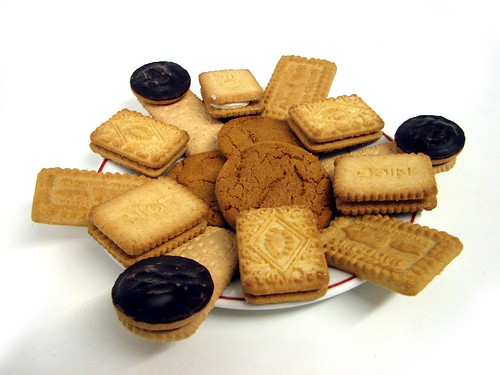


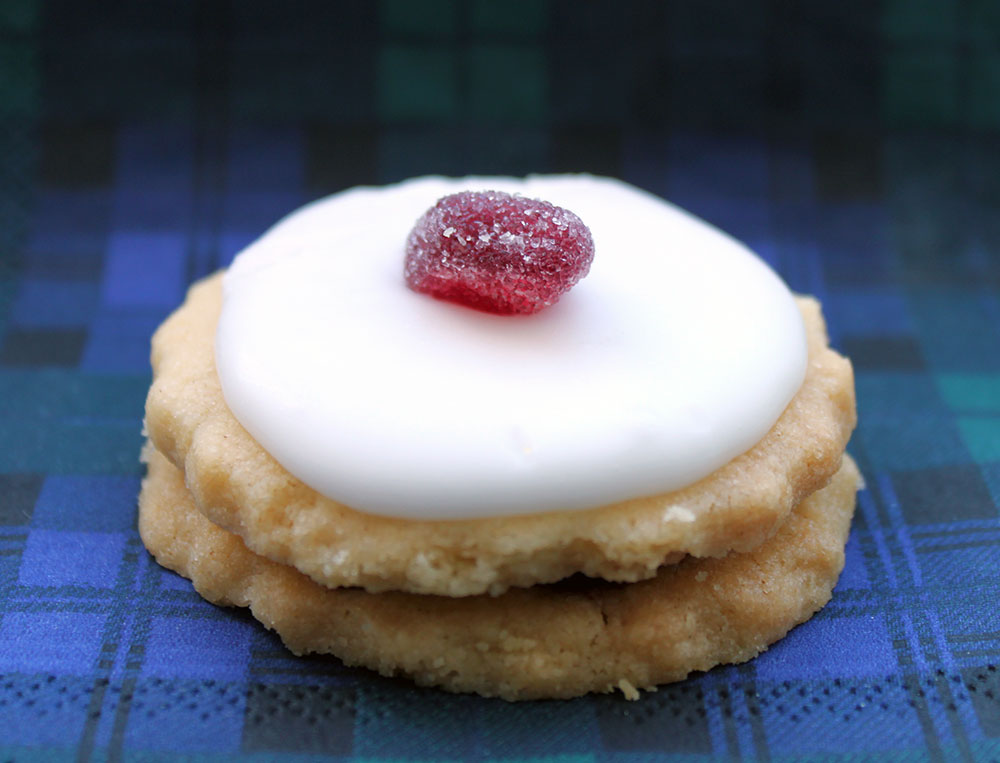


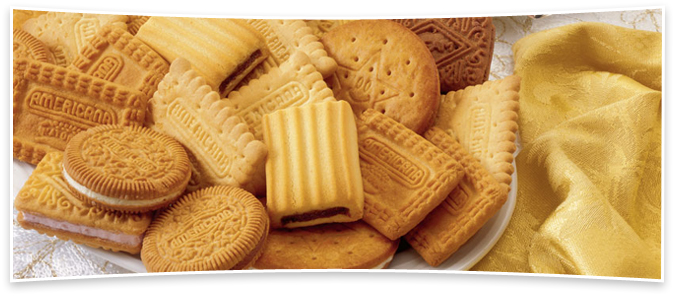
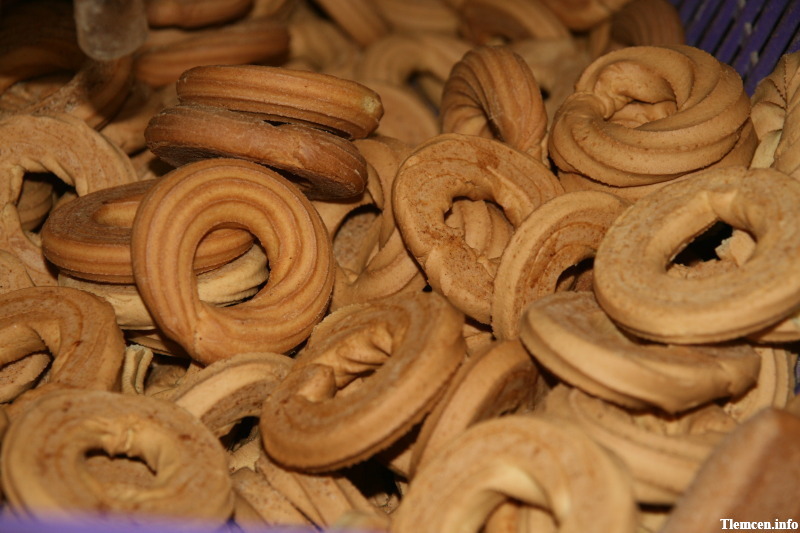


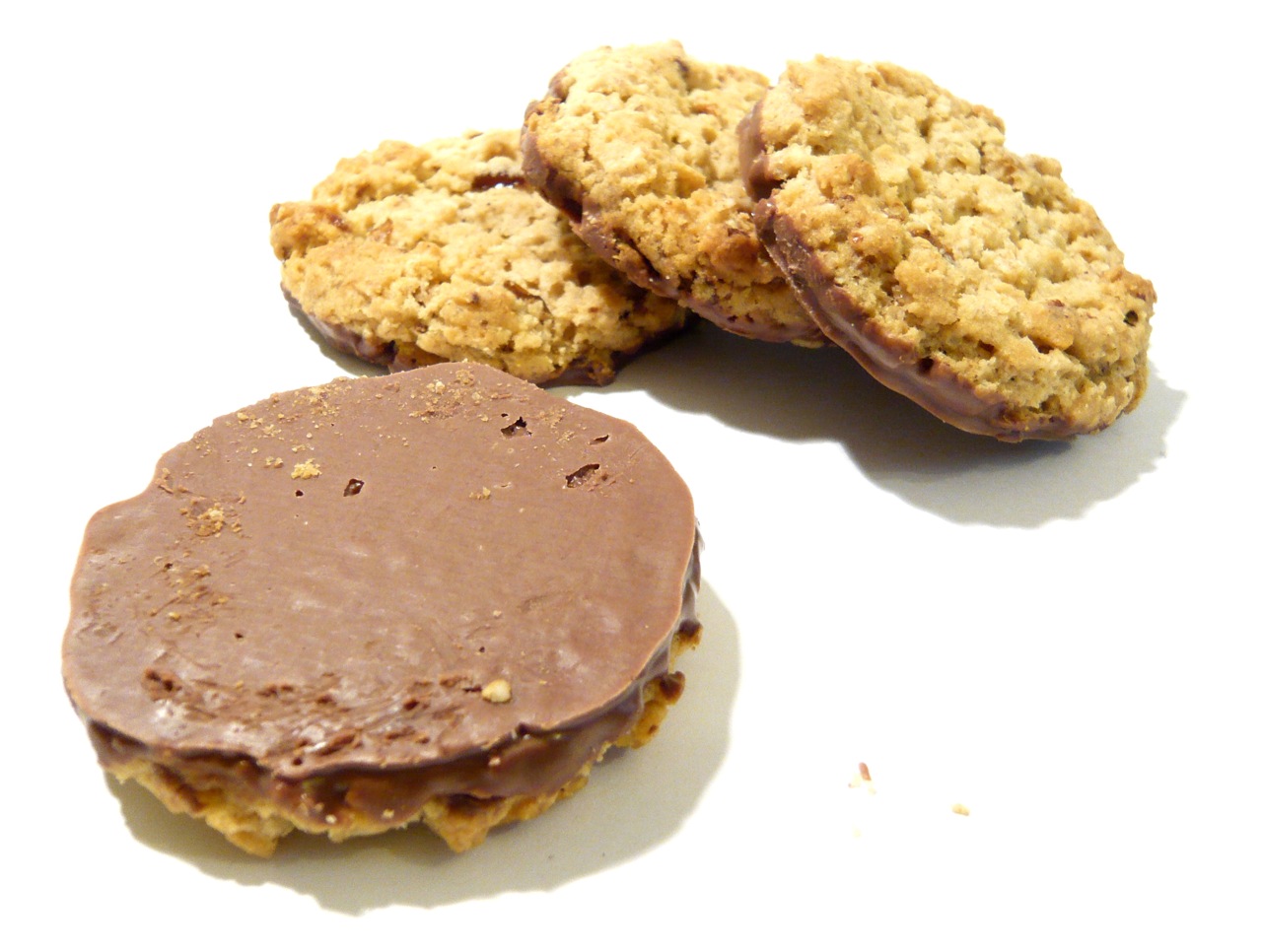


No comments:
Post a Comment